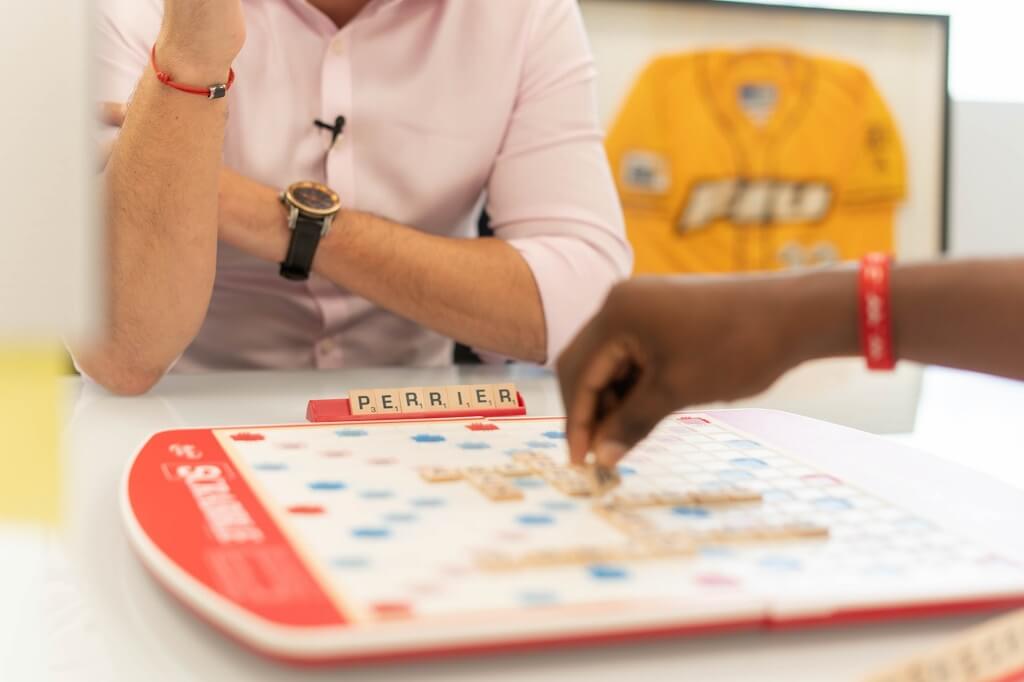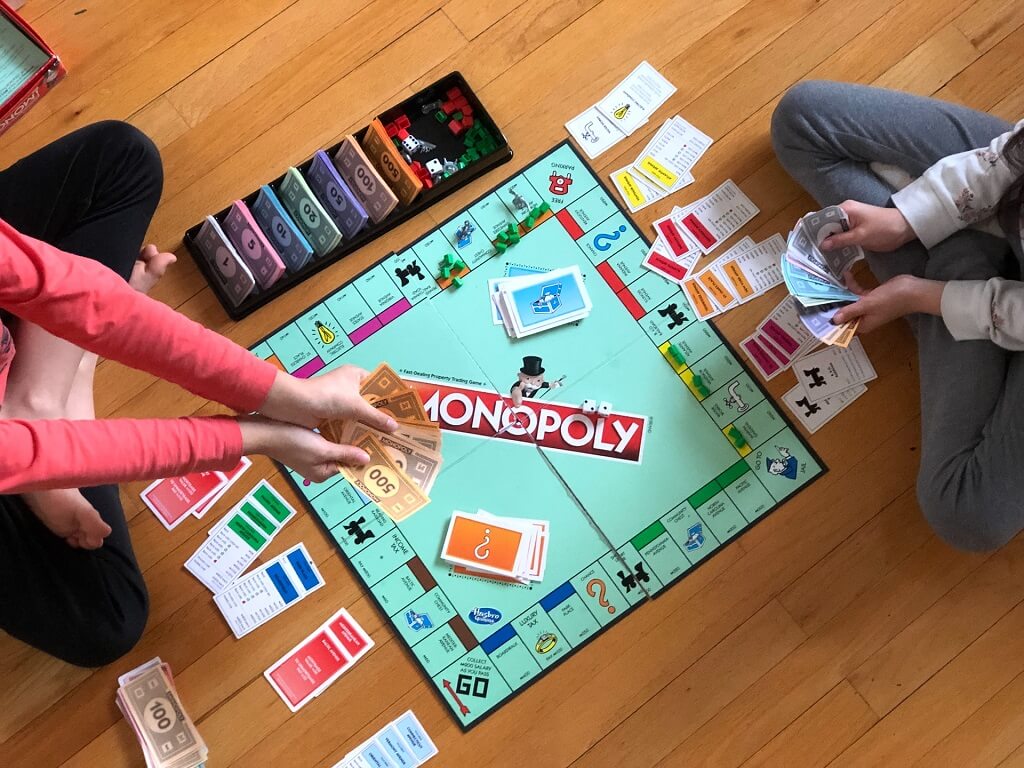Table of Contents
What Is Loss Aversion?
Loss aversion is defined as a human trait that explains how people inherently fear losses. When compared to one another, it is evident that people hate the feeling of losing more than they love the feeling of winning. Therefore, these losses trump wins although their monetary value may be the same.
The existence of loss aversion is essentially undisputed by scientists. Instead of questioning its existence, modern scientific research on the subject tends to primarily focus on why loss aversion occurs and what the bounds of it are. One of the things that it applies to is game design.
Loss Aversion’s Applications In Games
Many sectors of the business world have used the principle of loss aversion to modify the design and marketing strategies of their goods. In the game sector, a great number of board game manufacturer use the idea of avoidance of losses in order to affect their players, which, in turn, affects both the overall atmosphere of the game and its technical mechanics.
We will now look at specific examples of board games in order to illustrate how the psychology of loss aversion strongly impacts board game design.
Reiner Knizia’s Ra (1999)
Reiner Knizia‘s Ra is a board game created for between two and five players that were released in the year 1999. Themed around Ra, the Egyptian sun god, the game’s main objective is to collect tiles that give you points that help you create sets of flood land, crown pharaohs, monuments, and improve your very own civilization. While most of the points that you earn are positive points, there are only two minutes to this: the first is that if you have the least amount of pharaohs, you will lose two points, and the second is if you don’t have any civilization improvements for a given era, you will lose five points.
The cost of the tiles in the game has a tendency to safeguard themselves because this is an extremely well-designed action game. In the vast majority of the Ra games, however, civilization tiles have a tendency to be overvalued, meaning that players will be willing to pay more for those tiles than for something that is worth +5 points simply because they are loss averse.
Notre Dame (2007)
During the late 2000s, scarcity games took the board game market by storm. The meaning of a scarcity game is that it is a board game that pits its loss upfront and forward so that the loss is a consistent element in the game play. The tension in scarcity games rapidly increases due to loss aversion and acts as a driving force for the decisions that the players make.
Notre Dame, a board game that was released in the year 2007, is a perfect example of a scarcity game that uses the principle of loss aversion. The scarcity element of the game is that every player puts a specific number of rats on his plague track and is prevented only by the hospitals that they have built. Beginner players generally constantly hold onto their plague track although this does not have an effect until it expires. However, experienced players are often more open to having their plague track increase but they don’t generally reach the maximum efficiency, which would almost expire plague track right before the game ends. This is due to the fact that they are simply afraid of the slight possibility of a loss.
Conclusion
The subject of the psychology of loss aversion in board games can explain some of the behaviors of players and how marketing taps into that. It is safe to say that designing a board game with loss aversion in mind can benefit the company.
Source: GDC Vault – Board Game Design Day: Board Game Design and the Psychology of Loss Aversion




